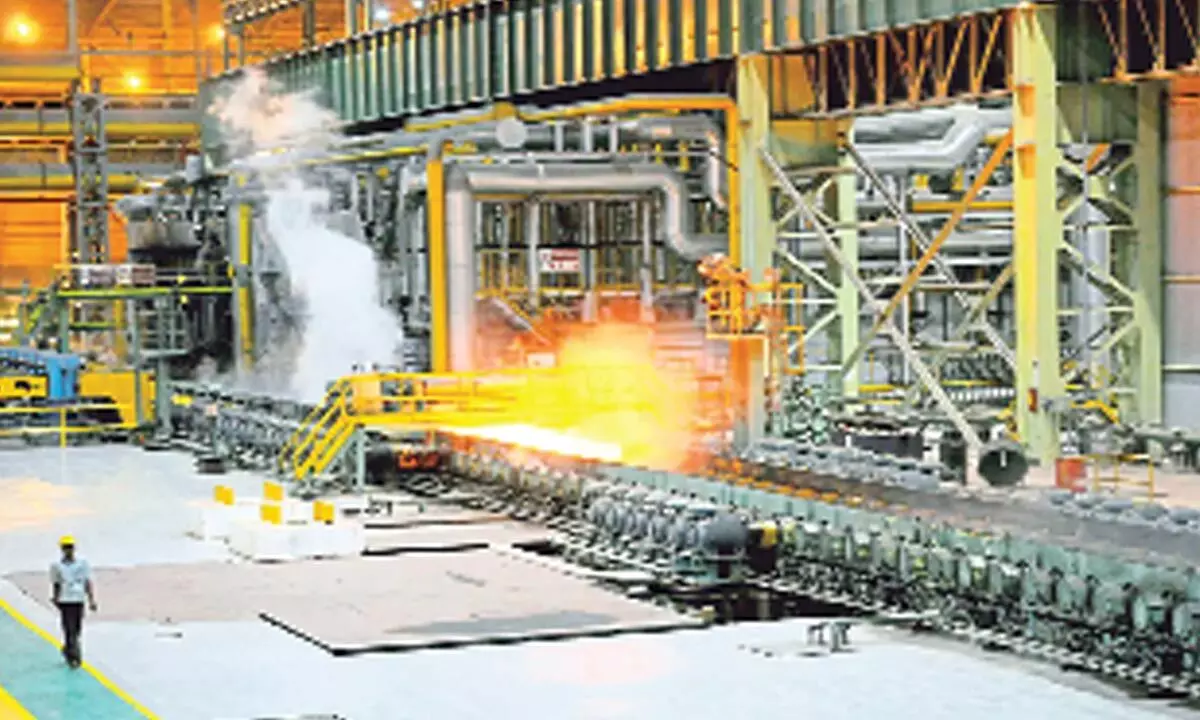New orders propel mfg PMI to 31-month high
S&P Global India Manufacturing Purchasing Managers’ Index rises to 58.7 in May from 57.2 in Apr in May on substantial improvement in operating conditions
image for illustrative purpose

Surging Factory Output
- Indian cos’ global sales rose for last 6 mths
- It increased domestic production, employment
- Supply chain-conditions improving further
- Record accumulation in input inventories
New Delhi: Manufacturing activities in India advanced further and touched a 31-month high in May supported by stronger increase in new orders and favourable market conditions, which in turn generated more employment opportunities, a monthly survey said on Thursday.
The seasonally adjusted S&P Global India Manufacturing Purchasing Managers' Index (PMI) rose from 57.2 in April to 58.7 in May, indicating the strongest improvement in the health of the sector since October 2020. The May PMI data pointed to an improvement in overall operating conditions for the 23rd straight month. In PMI parlance, a print above 50 means expansion while a score below 50 indicates contraction.
“The PMI's spotlight on soaring sales showcases robust demand for Indian-made products both domestically and internationally. While the upturn in domestic orders strengthens the foundations of the economy, rising external business foster international partnerships and boost India’s position in the global market. Combined, they also generated more employment opportunities in May,” said Pollyanna De Lima, Economics Associate Director at S&P Global Market Intelligence.
Companies registered the quickest expansion in international sales for six months, the survey said. As per the report, the surge in sales paved the way for stronger increases in production, employment and quantities of purchases. With supply chain-conditions improving further, companies noted a record accumulation in input inventories, it added.
“The record increase in input stocks shows a better preparedness of manufacturers in managing supply chains. This should allow firms to mitigate potential disruptions, maintain a steady flow of production and demonstrate the industry's resilience in the face of challenges,” Lima said.
On the price front, cost pressures remained historically mild, but demand strength facilitated a solid and quicker increase in output charges.
“While improvements in supply chains and generally subdued global demand for inputs helped curb input price inflation in May, heightened demand and previously absorbed cost burdens translated into a stronger upward revision to selling charges,” Lima said. Lima further noted that demand-driven inflation is not inherently negative, but could erode purchasing power, create challenges for the economy and open the door for more interest rate hikes.

